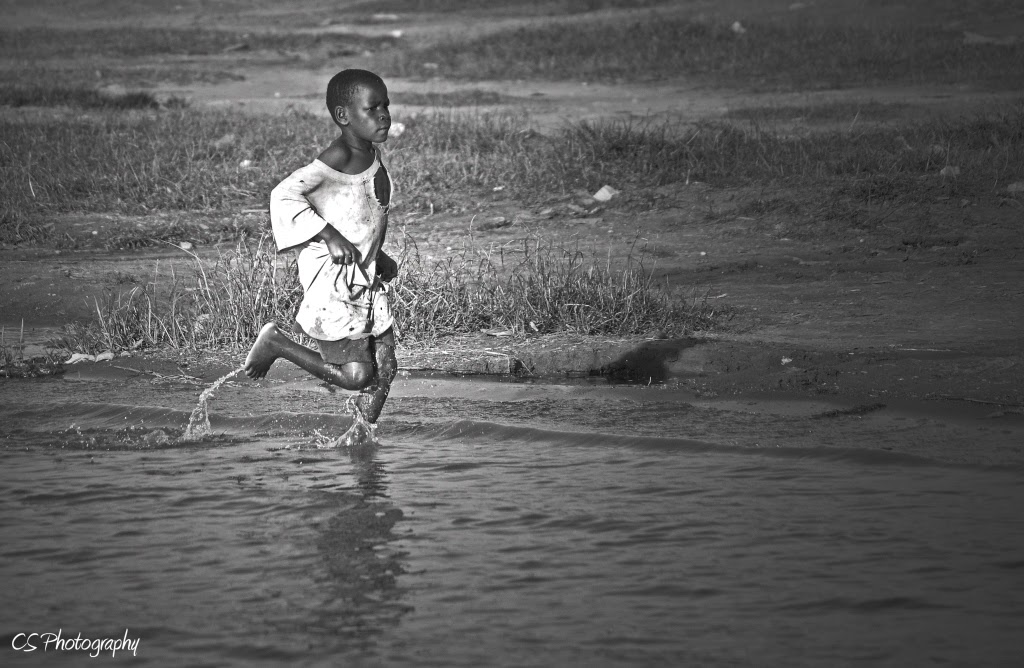Gorilla Tracking
| Mountain Gorilla in Uganda - Bwindi forest |
This is a strenuous activity and one should be physically fit to enjoy gorilla trekking. Professional guides from UWA (Uganda wildlife authority) will accompany groups of no more than 8 but porters are available to carry personal belongings.
While possession of a gorilla permit is a guarantee of joining a trek, its not however a guarantee that you will be able to find or view gorillas. Nature and animals are unpredictable and unforeseen circumstances could lead to difficult or unsuccessful trips (Its a rare occurrence but a remote possibility).
The permits allow for one hour with the gorillas (thus from the time you allocate the family in the rain-forests in Uganda)
No flash photography is allowed and fast film is therefore recommended (minimum 400-1600 ASA). Personal DVD recorders are allowed. Special arrangements need to be made for professional film makers, and filming permits are required for commercial photography and filming.
We strongly recommend a breathable and lightweight rain jacket or poncho, a warm jacket or fleece for overcast days and evening, long-sleeved shirt and trousers, sturdy waterproof walking boots (seasoned or well worn footwear - don't try out those new shoes you just had to have, you will regret this), leather gardening-type or lightweight gloves, sunscreen, cap or sun hat, sunglasses, insect repellent, comfortable day pack for carrying water and minimum amount of personal items.
| Its all in the eyes of this great Ape - Mountain Gorilla in Uganda |
Keep the following in mind if you want to visit the mountain gorillas in Uganda:
Minimum age is fifteen years to qualify for a Gorilla trekking permit. Anyone with signs of communicable disease like a cough or runny nose will not be allowed to trek. (This is to protect the mountain gorillas from transmittal of disease)
Chimps and gorillas are highly susceptible to human diseases and it is therefore essential that you declare all illnesses and seek our advice if you are unsure. National Park Authorities reserve the right to deny access to individuals they consider unfit to accompany any activity.
| Swing over to Uganda and make your dreams come true |
For more information you can contact Premier Safaris based in Uganda - they specialize in primate Safaris in Uganda and Rwanda. www.premiersafaris.com enquiries@premiersafaris.com
Some great examples of those bucket-list Safaris we always dream about when we think of the tropical rain forest in Africa.
The ultimate Uganda and Rwanda
The intimate gorilla by Premier Safaris that also made the CNN travel list of must do "Bucket-list" trips for 2015.






